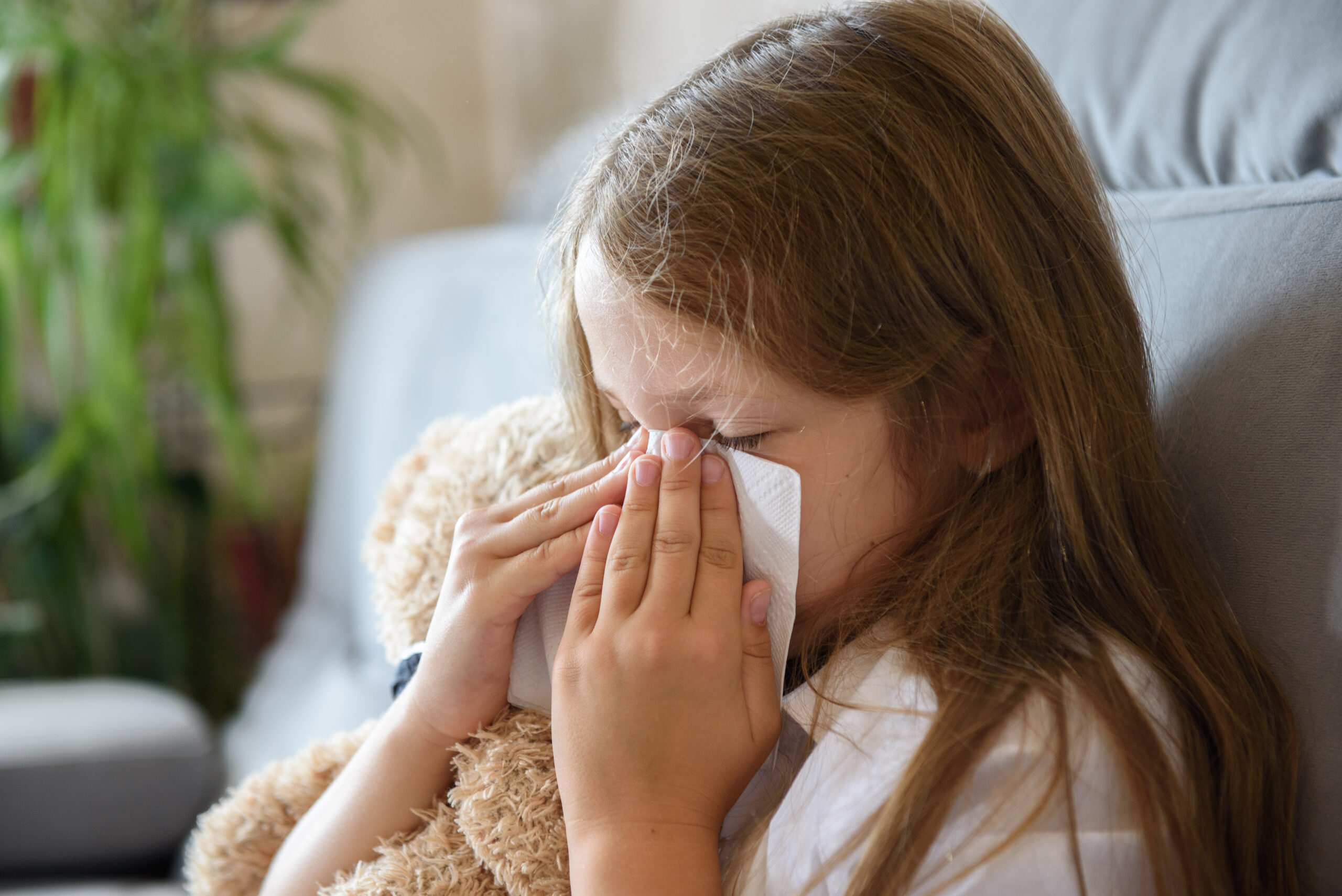
Dust mite allergies are a common allergy affecting approximately 20 million people across the United States with 84% of households in the U.S. having the presence of dust mites.1 These tiny, invisible pests thrive in our homes, especially in areas where dust accumulates, and can trigger allergy reactions that significantly impact quality of life. This article explores what dust mites are, how they cause allergy symptoms, common symptoms, and effective ways to manage and mitigate dust mite allergies.
WARNING Important Safety Information (See full prescribing information for complete boxed warning.)
Intended for use only by licensed health care provider experienced in administering allergenic extracts and trained to provide immediate emergency treatment in the event of a life-threatening reaction. Observe patients for at least 30 minutes following administration. Immunotherapy may not be suitable for patients with medical conditions that reduce their ability to withstand a systemic reaction. Allergenic extracts can cause serious systemic reactions; including anaphylactic shock and in rare cases death, especially in patients who have severe or steroid-dependent asthma, cardiovascular disease, or in patients who use beta blockers. Do not inject intravenously. Additionally, the reconstituted single venom products are intended for subcutaneous injection for immunotherapy and percutaneous use for diagnosis. The Mixed Vespid venom protein is for immunotherapy only, not for diagnosis. Diagnosis should be based on individual venoms. Refer to contraindications, warnings, precautions, adverse reaction and over dosage for more detailed information.
What Are Dust Mites?
How Do Dust Mites Cause Allergies?

Common Symptoms of Dust Mite Allergies
- Sneezing
- Rhinorrhea
- Allergic conjunctivitis
- Nasal stuffiness
- Itchy skin, nose, mouth, or throat
- Postnasal drip
- Cough
- Lethargy or general malaise
- Impaired sleep caused by shortness of breath, coughing, or wheezing
- A family history of allergies
- Reactiveness in childhood or adolescence
- Exposure to a high level of dust mites
Diagnosing Dust Mite Allergies
There are multiple ways that an allergist can test a patient for a potential dust mite allergy. Primarily, allergists will conduct a skin prick test as the first line of testing as it has a high sensitivity and is convenient while yielding results within 20 minutes.1 In a skin prick test, a small amount of the allergen extract is applied to the skin using a testing device like HollisterStier Allergy’s Comforten® skin testing system, and the area is then observed for a reaction.
Managing Dust Mite Allergies
While it is impossible to completely eliminate dust mites from the home, there are several strategies that can be employed to reduce their presence and manage potential allergy symptoms:
- Maintain cleanliness: Regularly clean the home to reduce dust accumulation. Use a damp cloth to wipe surfaces and a vacuum cleaner with a HEPA filter to trap dust mites and their waste.
- Control humidity: Keep indoor humidity levels below 50% using dehumidifiers and air conditioners. Dust mites thrive in humid environments, so reducing humidity can significantly decrease their population.
- Use allergen-proof bedding: Encase mattresses, pillows, and box springs in allergen-proof covers to prevent dust mites from infiltrating the sleeping area. Wash bedding in hot water at a minimum of 130º weekly to kill dust mites.
- Reduce clutter: Minimize the number of items that collect dust and store items in plastic containers to keep dust at bay.
- Choose hard flooring: Carpets can harbor large amounts of dust mites. Consider buying or replacing carpets with hard flooring which is easier to clean.
- Use HEPA filters: Install HEPA filters in the home’s heating and cooling systems to trap dust mites and other allergens from the air.
- Medications and treatments: Over-the-counter antihistamines, decongestants, and nasal corticosteroids can help manage symptoms. In more severe cases, allergists can recommend allergy immunotherapy to gradually desensitize the immune system to dust mites. HollisterStier Allergy offers a multitude of extracts for allergy immunotherapy treatment, including standardized dust mite extracts.

Article References
2“Dust Mite Allergy.” Asthma & Allergy Foundation of America, aafa.org/allergies/types-of-allergies/insect-allergy/dust-mite-allergy/.



